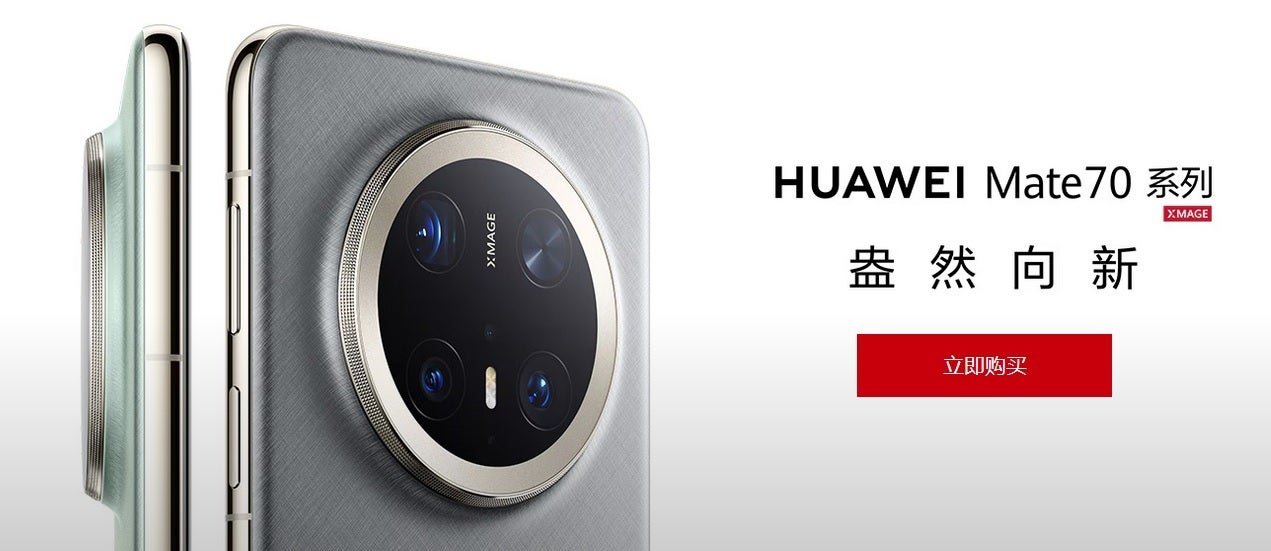U.S. sanctions forced Huawei to be creative in order to survive in the smartphone industry

Some Mate 70 models will be powered by the 6nm Kirin 9100 AP. | Image credit-Huawei
Huawei ended up using Snapdragon chips tweaked not to work on 5G networks to power flagships such as the P50, Mate 50, and P60 handsets. Then came the Mate 60 series and the 7nm Kirin 9000s.


The top-of-the-line Mate 70 RS Porsche Design could be equipped with the 6nm Kirin 9100 AP. | Image credit-Huawei
SMIC is not allowed to own an extreme ultraviolet (EUV) lithography machine which etches circuitry patterns on silicon wafers thinner than human hair. This machine is important when dealing with complex and advanced 3D chip designs. Typically, it is said that you need an EUV machine to make a chip using a process node under 6nm. However, SMIC managed to pull this off using its older deep ultraviolet (DUV) lithography machines.
Here’s why the Kirin 9100 AP might be limited to use on premium Mate 70 variants
So how did SMIC produce a chip using the 6nm node without an EUV? It used a technique called multiple exposure which uses the DUV machine multiple times to create smaller and more complex patterns to etch on silicon wafers. By controlling the alignment and exposure of each layer, SMIC was able to build the Kirin 9100 on the 6nm node. Using multiple exposures could reduce the performance of the Kirin 9100, reduce the yield, and make the SoC more expensive for Huawei to buy.
The reduction in SMIC’s yield resulted in a limited quantity of Kirin 9100 chips that passed quality control. As a result, with only a small supply of Kirin 9100 APs available for Huawei to use, the latter might have to limit the use of the Kirin 9100 AP to premium high-end Huawei Mate 70 models such as the Mate 70 Pro, Mate 70 Pro+, and the Mate 70 RS Porsche Design.
At 6nm, the Kirin 9100 AP will still not be as advanced as 3nm chips such as Apple’s A18 and A18 Pro, Qualcomm’s Snapdragon 8 Elite, and MediaTek’s Dimensity 9400. Still, it is a spectacular achievement for Huawei-SMIC both of which remain handcuffed by U.S. sanctions. Speaking of which, with the return of Donald Trump to the White House, we could see more sanctions imposed against Huawei this year.
Last year, U.S. lawmakers went bonkers after the Mate 60 series and the Kirin 9000s were introduced. With SMIC and Huawei seemingly able to build 6nm chips despite the current sanctions, U.s. lawmakers are going to feel more pressure to turn up the heat on Huawei by more than just a few degrees.

